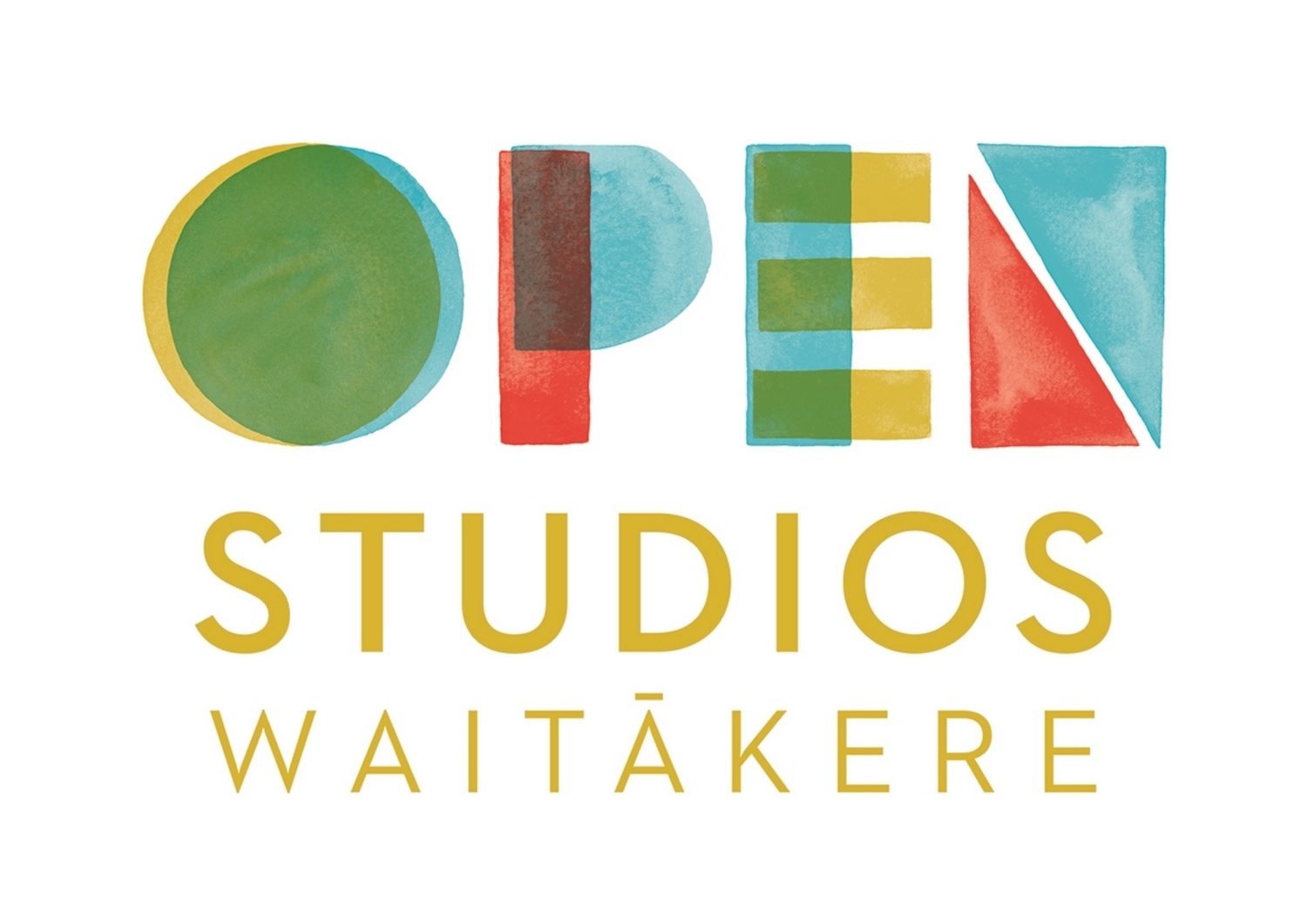JENNY TOMLIN
HOW WERE YOU FIRST INTRODUCED TO THIS TYPE OF WORK/ARTISTIC PRACTICE - AND WHAT DID YOU ENJOY ABOUT YOUR EARLY EXPLORATION OF IT?
I’ve loved drawing and painting since I was young and went to Elam to pursue these, but photography really grabbed me. I enjoyed the dual aspect of taking the photo and then developing the print in the darkroom; a sense of discovery in both parts of the process. The darkroom was fabulous in that I could enhance aspects of what I felt and show it more clearly. Black and white photography was so variable in what could be subtly altered. I really enjoyed the amalgam of working with machines and light and chemistry to get a refashioned memory.
HOW HAS YOUR WORK/ARTISTIC PRACTICE CHANGED AND DEVELOPED OVER THE YEARS? WHAT FACTORS DO YOU THINK AFFECTED THIS?
My photography started with large format work in the 1980s and 90s. I loved making textural images with a 4x5 camera and tripod, often close-ups of natural landscapes, celebrating the drama and colours of the Manukau and Waitakeres. The light was so bright and clear. Although I lived in South Auckland, I’d spend weekends tramping and photographing in Auckland’s west coast. Returning to special places to continue following a thread, it would never be the same but there’d always be something new if you were open to it. A move to Titirangi in 1993 seemed a natural step.
Then in the late 90s I saw an amazing exhibition of pinhole photography. I followed up with a summer school pinhole workshop and have not looked back. Pinhole cameras don’t have a lens – just a tiny hole forming an image inside. Also, no viewfinder hence the framing is always approximate and the resulting image is determined by the shape of camera container. There is a LoFi quality but also a surreality to the images. I don’t mind accidents – they’re sometimes wonderful and if I can predict the outcome in pinhole it’s not so interesting. Pinhole cameras can be bought easily online but I much prefer to make them from discarded or found objects to further accentuate the LoFi.
My pinhole work then extended to solargraphy; an analogue/digital hybrid process where a pinhole image is formed over an extended time period of several weeks or months. Instead of being processed in the darkroom it’s scanned digitally. The arc of the sun overlays daily and seasonal changes in the landscape are recorded in a single image.
Most recently I’ve been investigating lumen printing. This is like a photogram but is processed by the sun instead of in a darkroom. The UV light changes the colour of the silver salts in B/W paper forming a negative. The type/age of paper, quality of light and moisture all affect the colour.
I think my practice has become wider and looser; exploring environmental concerns and changes over time. I continue to use all of these photographic processes, depending on what works best.
PLEASE DESCRIBE WHERE YOU WORK FROM? WHAT DO YOU FIND SPECIAL ABOUT LIVING OUT WEST?
In the early 2000s, I started a darkroom business working from home, printing for film photographers. Having a basement darkroom and studio space also helped enormously with my art practice. Especially with pinhole, the need to continually test and adjust the cameras until there’s a successful outcome was much easier with on-the-spot feedback from test images. Pinhole changed how and where I worked. Moving between the darkroom and the garden or the house testing to get to know the camera and get the right exposure and sometimes this would be the final piece. Otherwise once the cameras were perfected, I could load them with large format film and go further afield to somewhere like Karekare or Piha.
WHAT CAN VISITORS EXPECT TO SEE WHEN THEY VISIT YOUR STUDIO DURING OSW?
This year I’m wanting to offer some of my special early large format b/w and colour work for sale (either framed/unframed) as well as more recent pinhole, solargraph and lumen prints. I’m open both days and hope to show/demonstrate more of the pinhole process and cameras on the Saturday and Sunday will be more about darkroom with photograms, lumens and traditional silver gelatin prints.
NAME YOUR TOP 5 SECRET SPOTS YOU LIKE TO VISIT IN THE WAITAKERE RANGES?
Very hard to narrow down to just 5. They are all walks.
The Karekare-Whatipu walk first inspired me to settle in the West and will always be very special – particularly around Pararaha valley
Goldy Bush and the Makoroa stream walk
Piha Lagoon and surrounds
Lake Wainamu, the journey over the sand dunes or along the stream
Anawhata Beach
Photos by: Sarah Allen
www.sarahallenphoto.co.nz
















